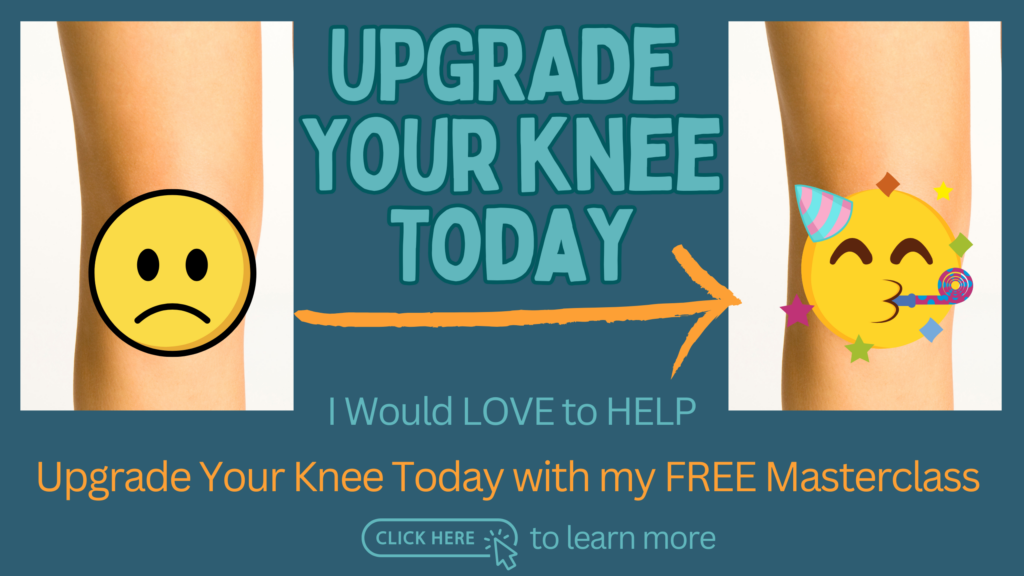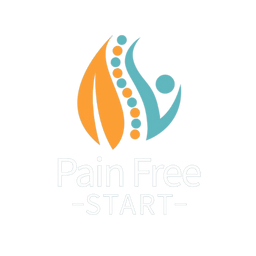Introduction
Knee arthritis can be extremely painful, but thankfully, there are various non-invasive methods available to help manage the discomfort. Cold and heat therapy are two simple yet highly effective treatments for relieving knee arthritis pain. In this blog, we’ll explore how both types of therapy work, when to use them, and how they can improve your quality of life.
1. Cold Therapy for Knee Arthritis
Cold therapy, also known as cryotherapy, involves applying ice or cold packs to the affected area. This treatment is effective at reducing swelling and numbing pain, making it ideal for acute flare-ups or inflammation.
- How it works: Cold therapy constricts blood vessels, reducing blood flow to the affected area, which helps decrease swelling and inflammation. The cold also numbs the nerves, which can provide immediate relief from pain.
- When to use it: Cold therapy is best for acute injuries or flare-ups. If your knee is swollen, hot, or tender, applying a cold compress or ice pack for 15-20 minutes can help reduce inflammation and pain.
Tips for Cold Therapy:
- Use a cold pack wrapped in a towel to protect your skin from direct contact with ice. Never place directly onto skin.
- Avoid using cold therapy for too long – 15-20 minutes is sufficient.
- Repeat 2-3 times a day during an acute flare-up for optimal results.
2. Heat Therapy for Knee Arthritis
Heat therapy uses warmth to relax the muscles and increase blood flow to the affected area. This treatment is particularly effective for relieving stiffness and promoting flexibility in the knee joint.
- How it works: Applying heat to the knee increases blood flow, which helps to relax muscles and alleviate tension. It also stimulates the release of endorphins, the body’s natural painkillers, which can help reduce discomfort.
- When to use it: Heat therapy is best for chronic knee arthritis pain and stiffness. If you’re experiencing tightness or difficulty moving your knee, applying a warm compress, heating pad, or hot water bottle can help loosen up the joint and improve mobility.
Tips for Heat Therapy:
- Use a warm towel, wheat bag, heating pad, or hot water bottle to apply heat.
- Make sure the temperature is warm, not too hot, to avoid burns.
- Apply heat for 20-30 minutes at a time. You can use heat therapy 2-3 times a day, especially before exercises to improve flexibility.

3. Cold vs. Heat: Which Should You Choose?
While both cold and heat therapy offer benefits for knee arthritis pain, choosing which to use depends on your symptoms:
- Use cold therapy: If you’re experiencing swelling, inflammation, or acute pain from a flare-up.
- Use heat therapy: If you’re experiencing chronic pain, stiffness, or tension in the knee joint.
Combining Cold and Heat Therapy: Many people find that alternating between cold and heat therapy provides the best relief. Start with cold therapy to reduce inflammation, then use heat to relax the muscles and promote flexibility.
When NOT to Use Heat or Ice: Important Safety Considerations
While heat and ice can both be useful tools in managing arthritic knee pain, there are certain situations where they should be avoided.
Contraindications for Heat:
Do not use heat if:
- You have reduced sensation in your knee or leg (e.g., due to neuropathy or nerve damage) — you may not realise the area is getting too hot and risk burns.
- You have poor circulation or vascular issues, such as peripheral arterial disease, as heat can further reduce blood supply to the area.
- The knee is swollen, hot, or inflamed — this usually indicates an active flare-up, and applying heat can make inflammation worse.
- You have a skin condition, open wound, or infection over the knee.
- You’re using heat-producing creams or gels (like Deep Heat) — adding an external heat source on top can lead to burns.
Contraindications for Ice:
Do not use ice if:
- You have poor circulation or Raynaud’s disease, as it may reduce blood flow too much.
- You have reduced sensation — for example, after nerve injury or in diabetes — since you may not feel if the ice is too cold or causing skin damage.
- There’s an open wound or skin condition that could be irritated by cold.
- You’ve had a cold allergy or hypersensitivity in the past (e.g., cold urticaria).
- You’re applying it for longer than 20 minutes — prolonged exposure can cause skin damage or even frostbite.
Always place a cloth or towel between your skin and the heat/ice source, and check your skin regularly to avoid any adverse reactions.
Conclusion
Simple, Effective Relief with Cold and Heat Therapy
Both cold and heat therapy are simple, affordable, and non-invasive treatments that can provide significant relief from knee arthritis pain. By incorporating these therapies into your daily routine, you can reduce inflammation, alleviate stiffness, and improve your quality of life. Always consult with your healthcare provider if you’re unsure which therapy is right for you – Remember I’m always here to help if you need.
Take care, Helen
Helen Manders BSc (Hons) MCSP HCPC
Chartered Physiotherapist
Treating Arthritic Knees Since 2001




